I have not written much about the Soviet Union’s involvement in World War II (click here to read the blog, Tommy, Fritz, and Ivan), but I have written quite a few blogs on women’s roles during the war, especially in the French Resistance and as foreign agents [read the blogs, The Naked Heroine (click here), Women Agents of the SOE (click here), The White Mouse (click here), and The Sussex Plan and a Very Brave Woman (click here)]. Today’s blog combines each of these topics.
During World War II, America and Great Britain did not allow women to fly combat missions. However, Gen. Hap Arnold (1886−1950), head of the U.S. Army Air Forces, authorized an elite women’s air squadron to be formed (click here to read the blog, Killed in the Service of Her Country). Female pilots such as Betty Gillies and Cornelia Fort, delivered new planes from the manufacturing facilities to their assigned airfields located around the country. Arnold believed this would free up more male fighter pilots for combat duty.
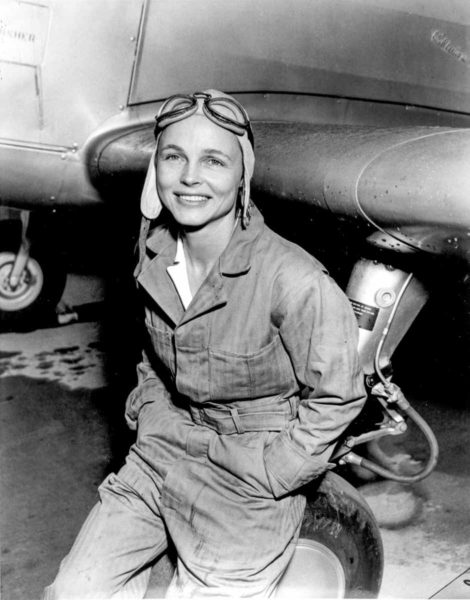
Stalin on the other hand, created three all-female combat air regiments for the purpose of harassing and bombing German military targets. The women of one regiment devised a bombing technique that earned them the nickname, Die Nachthexen, or “The Night Witches.” They were so feared by the Germans that any soldier or pilot who downed a Night Witch aircraft automatically earned the Iron Cross medal. While American bomber crews were expected to fly twenty-five missions before going home, most of the Soviet women bomber crews flew more than eight hundred missions while one of them flew more than a thousand.
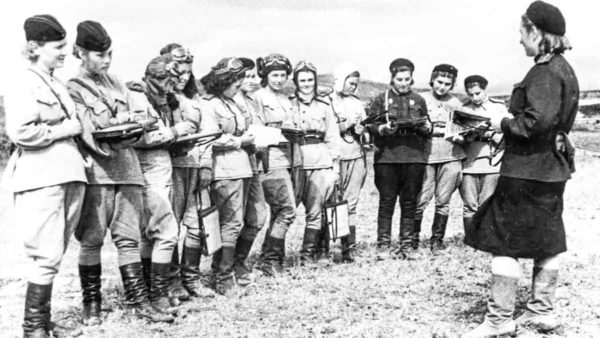
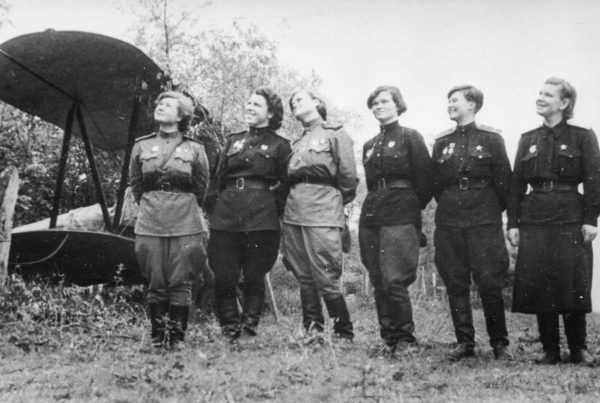
Click here to watch Chronicles of Courage: Night Witches.
Did You Know?
Did you know that Halloween is about a week away? So, I thought you might like this macabre tale. In 1740, sixteen-year-old William Duell was convicted of rape and murder and sentenced to die. On 24 November, Duell was strung up at Tyburn near where the Marble Arch (London) stands today. Situated at the crossroads of several major “streets” and overlooking Hyde Park, the site became known as “God’s Tribunal” and the gallows as the “Tyburn Tree.” According to written accounts, Duell was suspended from the rope for twenty minutes. They cut the body down, loaded it into a hackney coach, and transported it to Surgeon’s Hall and its anatomy theater where dissection demonstrations took place. Duell’s body was laid on the slab and then … he woke up. The dilemma was what to do with young William. Legally, he was dead and no longer existed. So, they put him on a ship to North America where he was never heard from again. It seems surviving the gallows was not an uncommon situation back then. (If one survived, they were usually shipped off to the American colonies.)

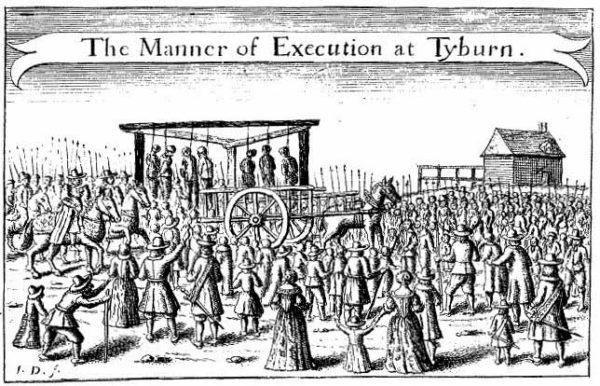
588th Night Bomber Aviation Regiment
Although Soviet women fought side-by-side on the ground with male soldiers, Joseph Stalin refused to allow women to fly in combat. During the 1930s, flying was very popular in the Soviet Union, especially with women. Thousands of female pilots belonged to flying clubs. Major Marina Raskova was one of those women. She was a Soviet celebrity, much like Amelia Earhart in America, and Joseph Stalin was one of her friends and admirers. Raskova persuaded Stalin to have the Soviet air force accept women as combat pilots. He authorized the creation of three all-female divisions: 586th Fighter Aviation Regiment, 587th Bomber Aviation Regiment, and the 588th Night Bomber Aviation Regiment. Thousands of women applied and four hundred were picked for each regiment. Their ages ranged from late-teens to mid-twenties. Training took one year, and the pilots were taught to navigate, maintain their aircraft, and apply advanced flying techniques.
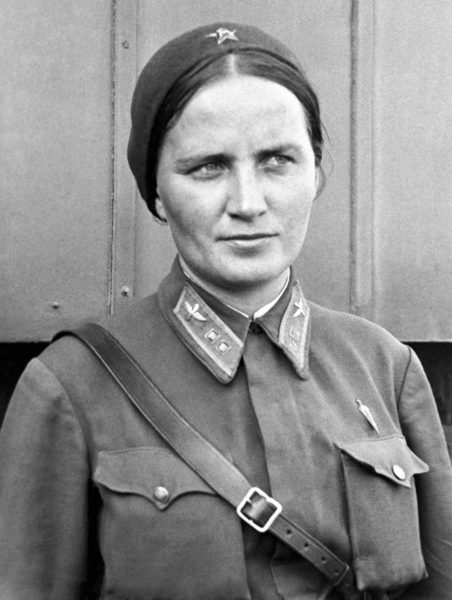
After completion of their training, the most qualified pilots were assigned to the 586th while the next level were assigned to the 587th. The least qualified flew for the 588th Night Bomber Aviation Regiment. Ironically, as time went on, the 588th became the most well-known regiment in the Soviet air force. It also became the most feared.
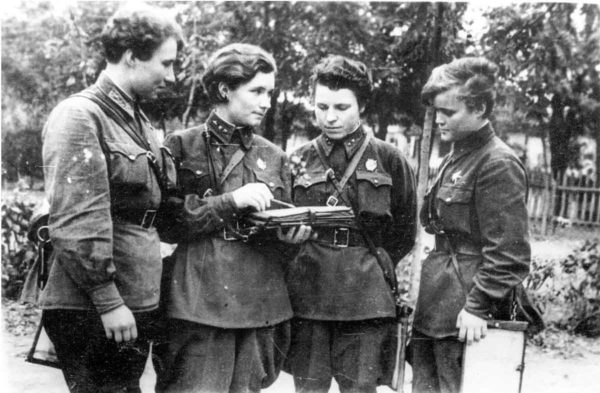
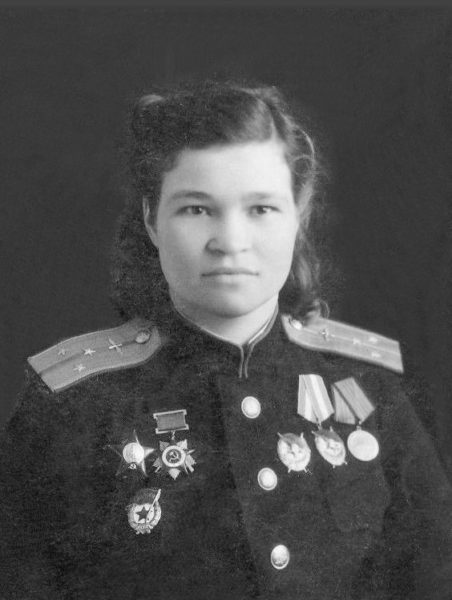
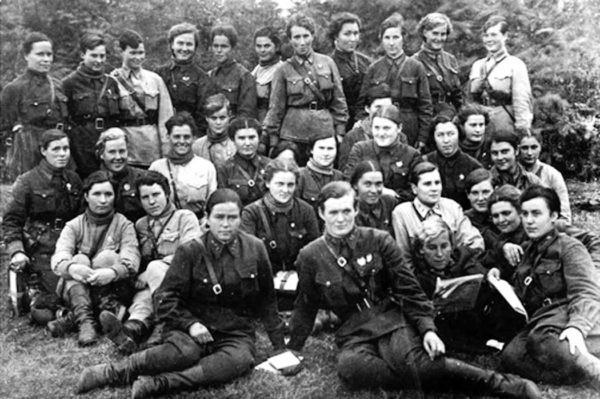
Die Nachthexen
The Germans gave the regiment the nickname, Die Nachthexen, or “The Night Witches” because of the whooshing noise as the wind rushed through the struts of their wooden biplane bombers. Once they were almost on their target, the pilots would idle the plane’s engine and glide to the point of attack before releasing the bombs. To the soldiers on the ground, it sounded like a sweeping broom. That subtle noise was all the Germans heard before the bombs fell on them. The planes were too small to show up on German radar, so the broom sound became the soldiers’ only warning. It was almost like the Night Witches were ghosts.
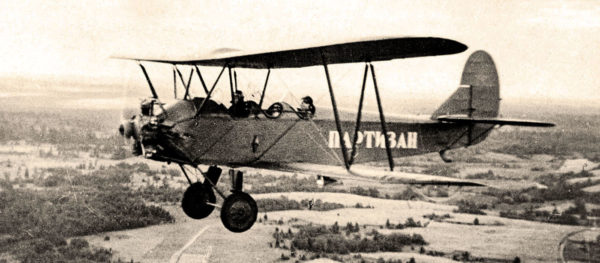
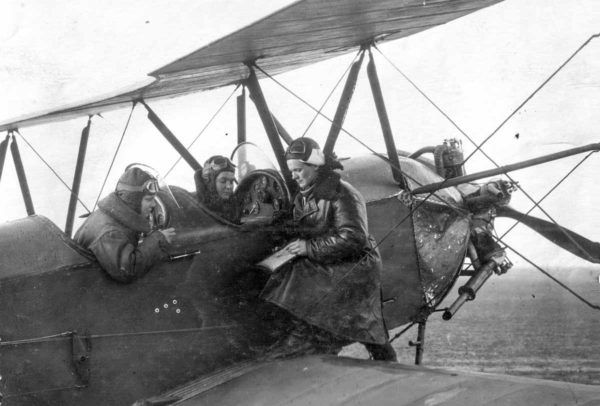
The Broomsticks
Stalin did not have enough modern planes to go around. So, the 588th was provided with World War I era Polikarpov Po-2 biplanes. These were essentially crop dusters and trainers. There were two crew members: the pilot in the forward seat while the navigator/bombardier sat in the rear. The women considered these planes to be “coffins with wings.” They were built out of plywood with canvas stretched across the frame. The planes were highly susceptible to bursting into flames if hit with tracer bullets. The maximum speed was ninety miles per hour and each plane carried two bombs (one under each wing). There were no modern instruments, so the crew had to rely on maps, compasses, stopwatches, and flashlights to get them to the target. Then there was the weather. Open cockpits meant the crew was exposed to rain, wind, and freezing elements. While they never carried a parachute, each crewmember was issued a pistol. If they survived a crash, their orders were to save the last bullet to kill themselves. Stalin took a dim view of his military personnel surrendering to the enemy.
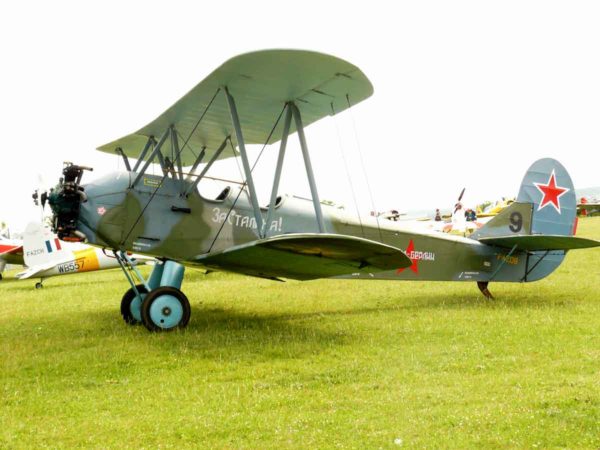
One of the benefits of the Po-2 was its weight. The plane was light weight and easier to maneuver than German planes. (The Po-2 top speed of 90 m.p.h. was the stall speed of a German Messerschmitt so air engagement by the Germans was difficult.) Because it was made of wood and canvas, the planes could not be detected by German radar. There were no radios so the Germans couldn’t use their radio locators. Another benefit was that the Po-2 planes could land or take off from just about anywhere. This proved helpful since the air regiments operated at the front lines and they were constantly on the move.
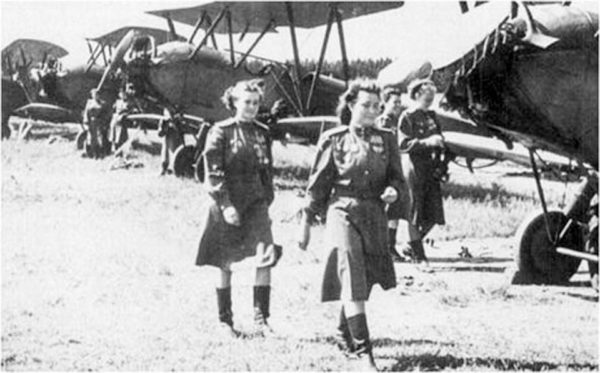
Click here to watch Night Witches – Polikarpov Po-2 Flight.
Bombing Strategy
Since the planes only carried two bombs, the crews flew multiple missions during the darkness of night. They were expected to fly a minimum of eight missions (i.e., sorties) every evening. Each sortie lasted between thirty and fifty minutes. One of the famous Night Witch pilots, Nadezhda Popova, once returned with forty-two bullet holes in her plane’s fuselage. Others returned with the bottom of their plane missing.
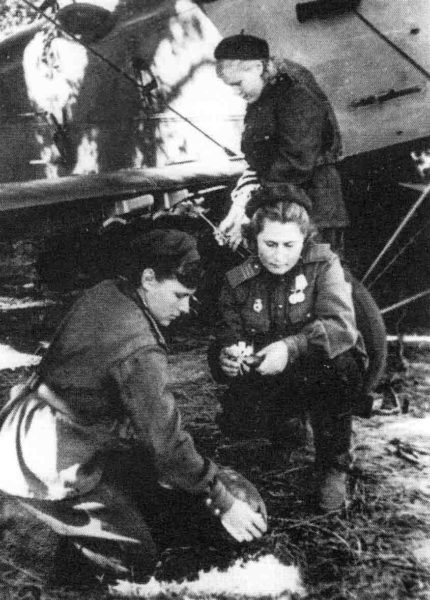
The Germans began to surround likely targets with concentric circles of searchlights and flak guns. The Soviet pilots would have to fly through this mouse trap to drop their bombs. The women quickly devised a method to counter the German strategy. They flew in groups of three. Two of the planes would fly right up to the perimeter of the circle and then quickly veer off in different directions. The spotlights and flak guns followed the “decoys” leaving the target unprotected. The third plane, following behind the diversionary planes, then went in for the kill. The navigator tapped the shoulder of the pilot who then killed the engine and begin its silent descent (except for the “whoosh” of wind) to drop her bombs. The three planes traded places for two more runs until the last bombs had been dropped and they returned to base.
After returning, a groundcrew of all women would repair any damages, refuel the plane, and load two more bombs. The crew members climbed back in and took off for their next sortie of the evening.
While the targets were important, there was another by-product of the bombings. The Night Witches harassed the Germans and disrupted their sleep while damaging the morale of soldiers at the front lines. From June 1942 until the end of the war, the 588th flew 23,672 missions dropping more than three thousand bombs and 26,000 incendiary devices. Targets included river crossings, railways (and stations), warehouses, fuel depots, armored cars, and German fighting positions. Additionally, the planes dropped food and ammunition to Soviet front line troops.
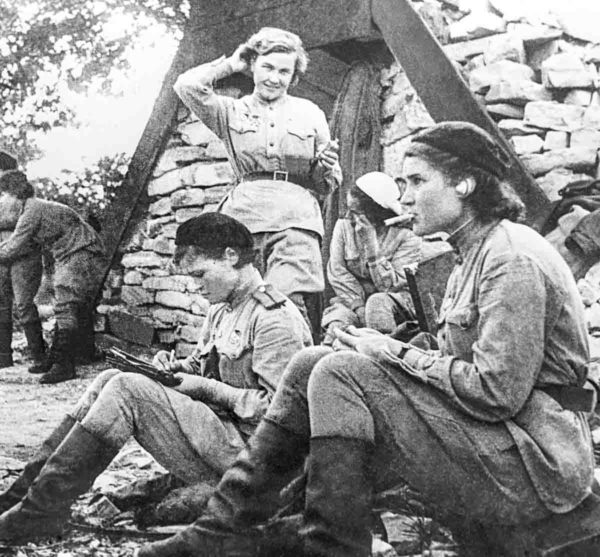
Marina Raskova
Marina Raskova (1912−1943) developed a love of flying while working at the Academy of Soviet Military Aviation in 1931. She first learned the skills of a navigator followed by obtaining her pilot’s license. In 1937, Raskova was a crew member aboard a Yakovlev Air-12 when she established a female world record of non-stop distance, 1,445 kilometers (about 900 miles). During the next several years, Raskova broke that record three times. Due to these exploits, Raskova earned the title of “Heroine of the Soviet Union,” and she came to the attention (and respect) of Stalin.
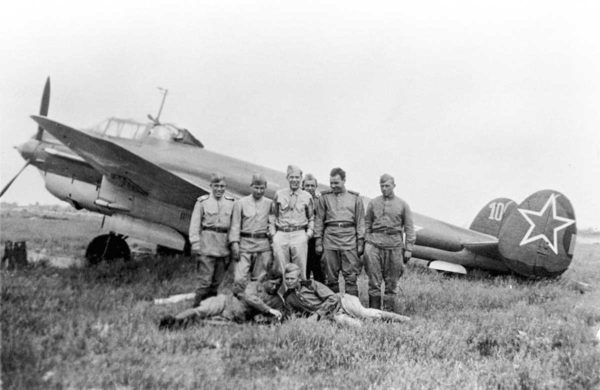
Col. Raskova was the commander of the 587th regiment until her death (a male commander replaced her). She was the pilot of a lead bomber (Petlyakov Pe-2) on 4 January 1943 when suddenly, the three planes were hit by a blizzard of snow and ice. Trying to make an emergency landing, Raskova’s plane crashed on the banks of the Volga River. Neither Raskova nor her navigator survived. Raskova was given the first state funeral of World War II and is buried in the Kremlin as one of the Soviet’s war heroes. Click here to watch The Night Witches Part 1: Marina Raskova.
Evdokiya Bershanskaya
Evdokiya Bershanskaya (1913−1982) was the regimental commander of the 588th. Bershanskaya had ten years of flying experience before she was chosen for the command position. She met her second husband, the commander of the 889th Light Night Bomber Aviation Regiment, when the two regiments worked closely together. Bershanskaya is the only woman to have been awarded the prestigous Order of Suvorov (other recipients include Georgi Zhukov and Dwight D. Eisenhower).
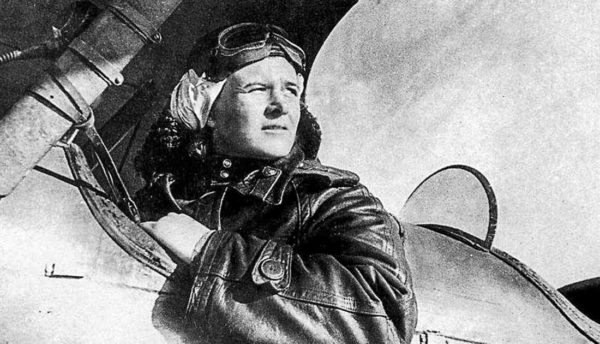
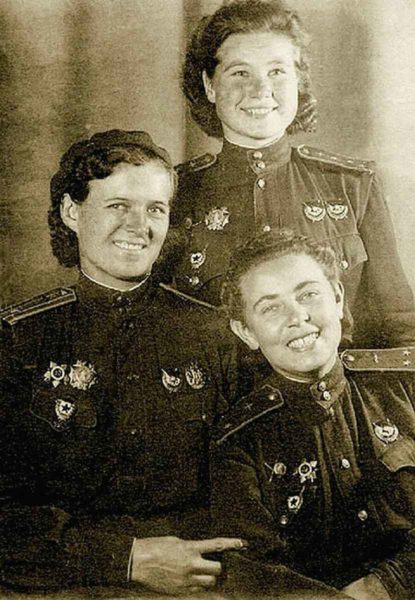
Nadezhda Popova
Nadezhda Popova (1921−2013), at the age of nineteen, was one of the first volunteers for the air force regiment. She flew 853 missions against the Germans and was shot down several times. She was credited with flying eighteen sorties in one evening. After the war, Popova remembered the one factor she hated the most: the freezing weather and frostbite. After one crash, Popova joined a retreating column of Soviet soldiers. She met another downed pilot, Semyon Kharlamov, who was injured. Popova would run into Kharlamov several times during the war. They were married after the war and her husband passed away in 1990. Popova became a flying instructor, and her son is a general in the Belarussian air force.
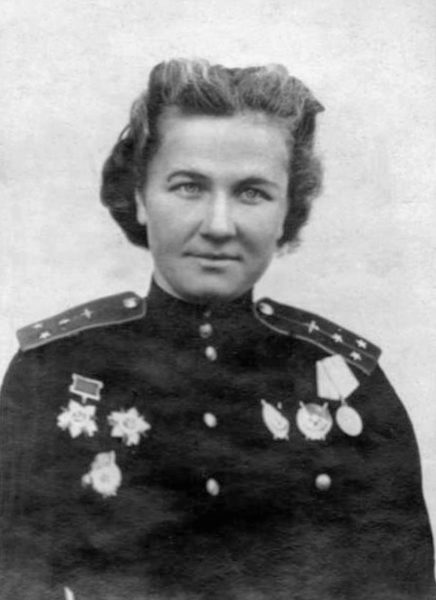
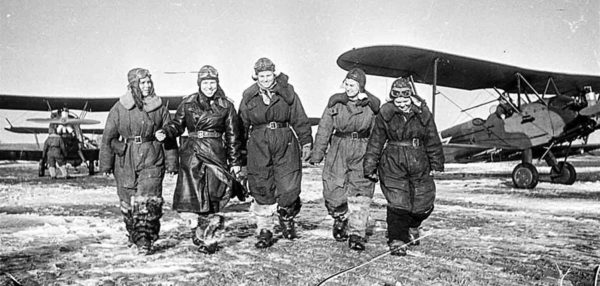
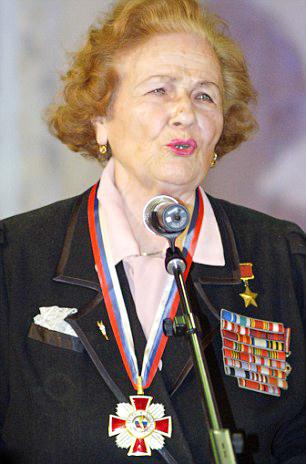
Click here to watch The Night Witch: The story of Nadia, Soviet Bomber Pilot.
Casualties
Life was difficult for the women. They were discriminated against by Soviet male soldiers and aviators. They were considered inferior to the men and got little (if any) respect. However, their gritty determination won out in the end. Due to their performance and high percentage of success, over time, the men began to respect the Night Witches and other female bomber pilots.
There was a cost to their success. Thirty-two Night Witches were killed including Col. Marina Raskova. The Soviet’s highest military honor, Hero of the Soviet Union, was bestowed on eighty-nine women who fought in World War II. Twenty-two of the recipients were Night Witches.
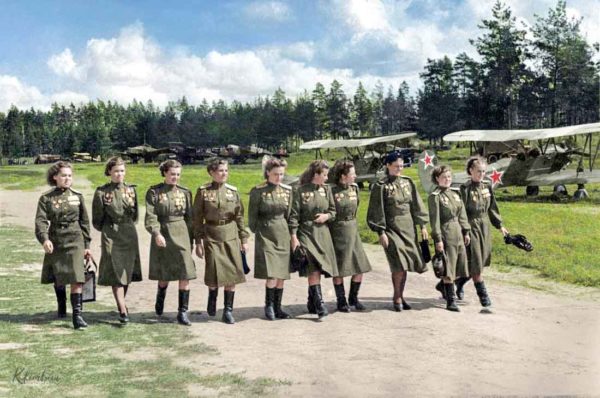
The Last Flight
The Night Witches’ last flight was on 4 May 1945 when they flew within sixty miles of Berlin. (Three days later, the Germans surrendered.) The three units were disbanded in October 1945.

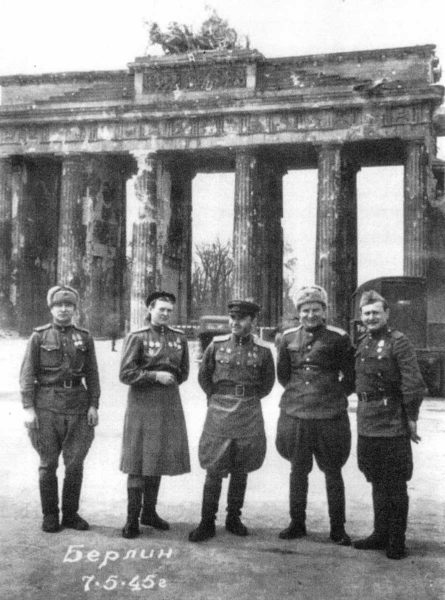
After the war, Stalin decided to have a big victory-day parade in Moscow. The Night Witches were not invited. Their planes were considered too slow to participate.
The Night Witches followed twelve commandments. The first was “be proud you are a woman.”
Happy Halloween! 🎃
★Learn More About The Night Witches★
Myles, Bruce. Night Witches: The Amazing Story of Russia’s Women Pilots in World War II. Chicago: Academy Chicago Publishers, 1990.
Noggle, Anne. A Dance with Death: Soviet Airwomen in World War II. College Station: Texas A&M University Press, 1997.
Pennington, Reina. Wings, Women, & War: Soviet Airwomen in World War II Combat. Lawrence: University Press of Kansas, 2002.
Runyan, Aimie K. Daughters of the Night Sky. Seattle: Lake Union Publishing, 2018.
Quinn, Kate. The Huntress. New York: William Morrow Paperbacks, 2019.
I found it interesting there are so many surviving photographs of the 588th and its crew members. Many of the image subjects are posed. It’s almost as if the Soviets used this regiment for propaganda purposes. That the Night Witches were so successful and feared by the enemy, it would make sense that Stalin took advantage of the regiment’s reputation. Just a thought.
Disclaimer:
There may be a chance that after we publish this particular blog, the video links associated with the blog are no longer accessible. We have no control over this. Many times, whoever posts the video has done so without the consent of the video’s owner. In some cases, it is likely that the content is deemed unsuitable by YouTube. We apologize if you have tried to access the link and you don’t get the expected results.
What’s New With Sandy and Stew?
The bad news: our first cruise of 2022 was cancelled. The good news: we’ll have more time to work on volume two of Where Did They Put the Gestapo Headquarters? Roundups and Deportations.
Sandy and I will be going to France next year (likely April or May) for the purpose of visiting the former KZ Natzweiler-Struthof and the Bobigny rail station. Because of the addition of a third volume, I had to create these two new Métro Walk stops. I’ve completed about seventy percent of volume two so I’m confident we won’t have to wait to the end of next year to publish it. (I said that about volume one and look where we are.)
Thank you to all of you who subscribe to our bi-weekly blogs. It seems there isn’t a day that goes by where we don’t increase our readership. Please let your history buff friends and family members know about our blog site and blogs.
Someone Is Commenting On Our Blogs
I’d like to thank Jean Wladimir V. for reaching out to us regarding the blog, The Naked Heroine (click here to read the blog). This was the story of Lydia Lipski and her father, Count Wladimir de Lipski. They were resistance members who were caught by the Gestapo and imprisoned in the concentration camps. Jean’s godfather was Count de Lipski while her godmother was his second wife, Marthe. Jean mentioned that the blog had some “grey areas” (not surprising) and welcomed an exchange to address some of those areas. I wrote her back expressing a strong desire to open a discussion. I am very much looking forward to our future dialogue.
If there is a topic you’d like to see a blog written about, please don’t hesitate to contact me. I love hearing from you so keep those comments coming.
Why Would You Want to Buy Our Walking Through History Books?
Simple.
You like to travel and experience history and historical events. You like to see original buildings that had a significant impact on the people and events of the history you’re engaged with. You want to know the stories behind the brick and mortar in front of you.
The walking tour books are meticulously researched so you can go directly to those sites and learn about the building’s history as well as an introduction to some of the more interesting people associated with it.
We Need Your Help
Please tell your friends about our blog site and encourage them to visit and subscribe. Sandy and I are trying to increase our audience and we need your help through your friends and social media followers.
Thank You
Sandy and I appreciate you visiting with us. We have some exciting things on the horizon, and we’ll keep you updated as we go along.
Share This:
Follow Stew:
Find Stew’s books on Amazon and iBooks.
Please note that we do not and will not take compensation from individuals or companies mentioned or promoted in the blogs.
 Walks Through History
Walks Through History
Copyright © 2021 Stew Ross
